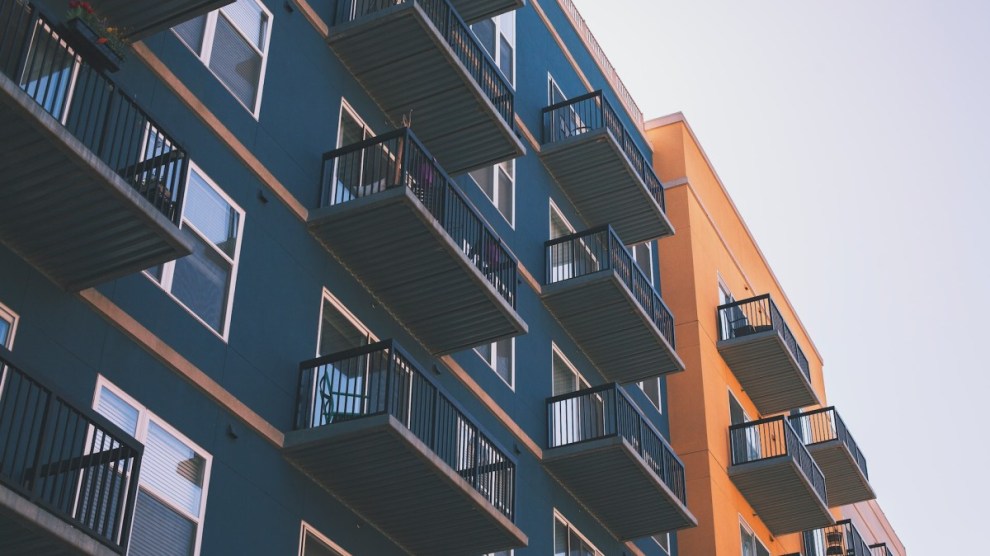Multifamily performance has been the subject of keen interest outside the industry over the last year because of the sector’s role in driving up inflation and how that impacts the Federal Reserve’s interest rate policies.
Multifamily’s record rent growth in 2021, along with the surge in home prices, was a major contributor to decades-high inflation, which peaked at 9.1% in June before falling to 7.7% in October. The Federal Reserve increased policy rates from zero to 3.75% to 4.0% as of November, and Fed Chair Jay Powell indicated last week in a speech at the Brookings Institution that rates will continue to rise until inflation nears the 2% target rate. Consensus expectations put policy rates at 5% by the spring.
How high rates will go and how long they will stay there is of critical importance to the commercial real estate industry. Transaction activity has slowed to a trickle from record highs in early 2022 as market players try to gauge the impact of higher rates on the cost of capital and demand for space.
Housing Inflation Slowing
In his Brookings speech on Nov. 30, Powell said that the pace of rate increases would slow but not stop. An interesting part of the speech, though, was Powell acknowledging that he expects that the growth in housing costs, which comprise roughly one-third of the index that the Fed uses to determine rates, will decline next year.
Housing’s role in inflation has been a source of controversy for more than a year. Spurred by intense demand from strong household formation and migration, housing costs soared starting in the spring of 2021. Multifamily asking rents rose 15% year-over-year as of February 2022, according to Yardi Matrix, and—buoyed by historically low mortgage rates—the Case-Shiller home price index rose more than 20% year-over-year through April.
However, because the methodology used to calculate housing inflation in the Consumer Price Index lags by 6-12 months, the CPI’s housing inflation component was mild when housing costs were soaring and is now soaring as housing costs are flat or declining. Housing inflation stood at 7.1% year-over-year through October, even though asking rents have flattened for several months and home prices are falling (the Case-Shiller Index fell 2.6% between June and September).
Powell in his speech acknowledged the lagging nature of housing inflation, noting that rent inflation is rising now because existing leases are turning over and catching up with the higher rates for new leases. But housing inflation is set to move downward. “As long as new lease inflation keeps falling, we would expect housing services inflation to begin falling sometime next year, he said. “Indeed, a decline in (housing) inflation underlies most forecasts of declining inflation.”
Emphasis on Wage Growth
Despite the recognition that cost increases from core goods and housing are coming down, Powell said that the third major component of inflation—wages—still is not under control due to an ongoing labor shortage. “(D)emand for workers far exceeds the supply of available workers, and nominal wages have been growing at a pace well above what would be consistent with 2% over time,” he said. U.S. wage growth is up 5.1% year-over-year through November, while the unemployment rate is 3.7%.
The U.S. workforce has a shortfall of nearly 3.5 million workers caused by excess retirements (about 2 million), declining immigration (1 million) and COVID-related concerns (400,000), Powell said. Even though job growth is slowing, from 450,000 per month through the first seven months of the year to 250,000 per month since then, job gains are still far more than the 100,000 per month that would put the labor market demand in balance with population growth, he said.
In response to a question, Powell said that strong wage growth is a good thing, but to meet the Fed’s inflation mandate, ideally wage growth would be 3.5% to 4%, consistent with 2% inflation and a premium for productivity growth.
Controlling inflation through interest rate policy is complicated since rate increases affect some parts of the economy more than others. Consumer demand and job growth have held up strongly to date, despite the increase in rates, though that may change in several months when the $2 trillion of excess savings gained over the last two years gradually runs down. However, the housing market will be affected immensely because high mortgage rates sharply reduce how much homeowners can afford.
The impact on multifamily likely will be mixed. The sector may benefit to a marginal degree from the decline in sales to first-time homebuyers, forcing some households to rent longer. However, general economic weakness will lead to fewer households forming, which is a detriment for apartment demand.
Other property sectors face even more questions. Demand for offices is suffering because of the growing number of layoffs in the technology industry, and higher rates are likely to have a bigger impact on jobs in office-using sectors. Many companies are planning for this and either reducing future space needs or increasingly subleasing space. Demand for industrial, which has been red-hot for years, also is slowing as Amazon and other retailers dial back growth in logistics space.
What’s more, the very quick and extreme growth in rates creates bigger headaches for the commercial property market. Mortgage rates have increased to levels above where acquisition yields have taken place in recent years, which inevitably leads to higher yields and lower property values. Higher rates also create a shortfall for properties that must be refinanced at significantly higher rates. Consequently, real estate is likely to operate in a fog of uncertainty for the near future.











Add Comment